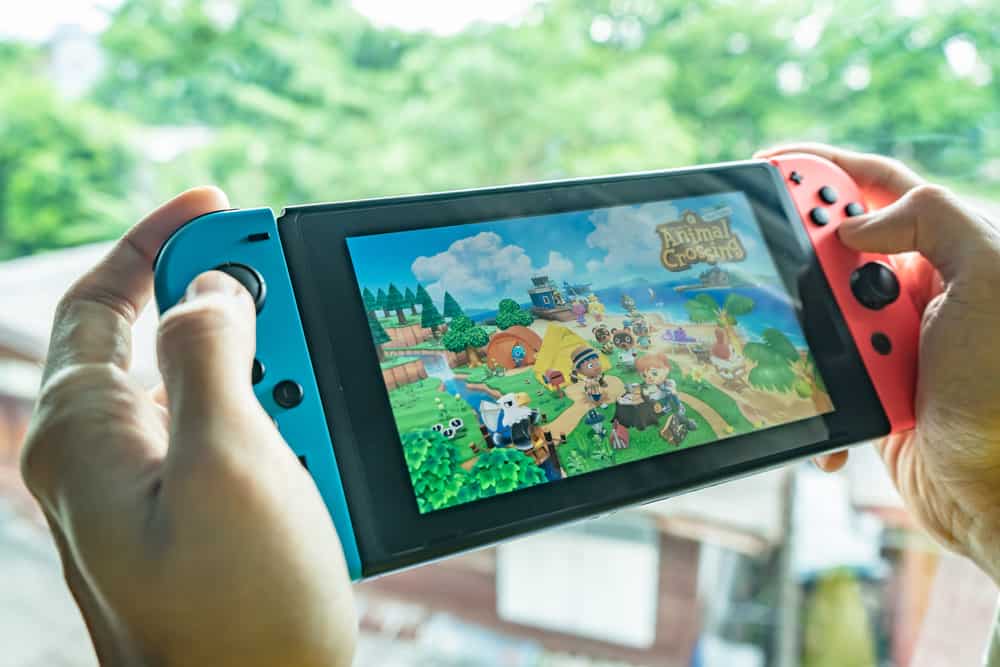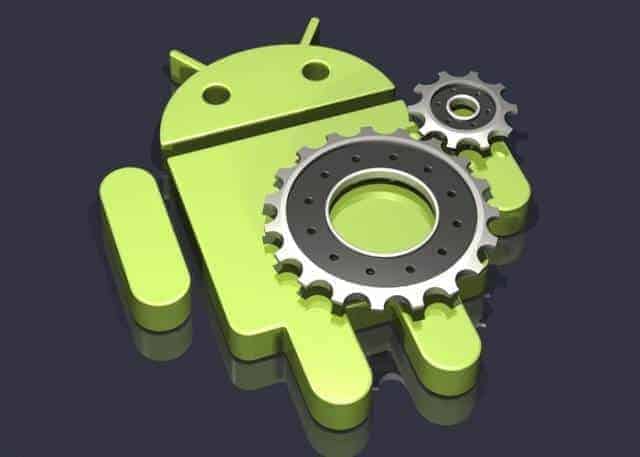Nintendo has been a pioneer in the gaming industry, delivering innovative consoles and handheld systems to gamers around the world. One of their most beloved devices was the Nintendo DS, which gained widespread popularity due to its dual-screen design and extensive library of games. With the release of the Nintendo Switch, a new and powerful console, many gamers are wondering if they can play DS games on this latest device. While there are some limitations, it is indeed possible to play DS games on the Nintendo Switch with a few workarounds.
Backward Compatibility of Nintendo Switch
Before we dive into the methods of playing DS games on the Nintendo Switch, let’s address the issue of backward compatibility. Backward compatibility refers to the ability of a gaming system to play games from previous generations. Unfortunately, the Nintendo Switch is not officially backward compatible with DS games. Unlike its predecessors, the Switch does not have a dual-screen setup, and the game cartridges for the DS and Switch are not interchangeable. This means that you cannot simply insert a DS game cartridge into the Switch and expect it to work.
Should You Buy a Nintendo Switch?
Before we explore the methods of playing DS games on the Nintendo Switch, let’s take a moment to discuss the features and benefits of the Switch itself. The Nintendo Switch is a powerful console that offers a unique gaming experience. It boasts a fast loading time, thanks to its impressive CPU, and its portability makes it perfect for gaming on the go. The Switch can be easily carried in your pocket and played in handheld mode, or connected to a TV for a more immersive gaming experience. Additionally, the Switch offers flexibility, allowing you to seamlessly transition between handheld and docked modes without losing your progress in the game.
How to Play DS Games on Nintendo Switch?
While the Nintendo Switch is not officially compatible with DS games, there are alternative methods to play your favorite DS titles on the Switch. These methods involve using homebrew software and emulators to bypass the limitations of the console. Homebrew is a term used to describe software that is developed by independent programmers to unlock the full potential of a device. In the case of the Nintendo Switch, homebrew allows you to run custom software and applications, including DS emulators.
To play DS games on the Nintendo Switch, you will need to follow a few steps:
- Install Homebrew: The first step is to install Homebrew on your Nintendo Switch. Homebrew is a free and open-source program that allows you to unlock the full capabilities of your console. However, it’s important to note that installing Homebrew and using emulators on your Switch may void your warranty and could result in a ban from Nintendo’s online services.
- Choose an Emulator: Once you have installed Homebrew, you will need to choose a DS emulator to run on your Switch. There are several popular DS emulators available, such as NeonDS, RetroArch, DeSmuMe, MelonDS, and No$GBA. Each emulator has its own set of features and compatibility, so it’s advisable to do some research and choose the one that best suits your needs.
- Obtain ROMs: After installing the emulator, you will need to obtain DS ROMs to play on your Switch. ROMs are digital copies of DS games that can be downloaded from various sources online. It’s important to note that downloading copyrighted material, such as ROMs, may be illegal in some jurisdictions. Make sure to only download ROMs for games that you own physically.
- Transfer ROMs to your Switch: Once you have obtained the necessary ROMs, you will need to transfer them to your Nintendo Switch. This can be done by connecting your Switch to a computer using a USB-C or USB-A cable and copying the ROM files to the appropriate directory on your console.
- Launch the Emulator: Finally, you can launch the DS emulator on your Switch and start playing your favorite DS games. The emulator should provide you with an interface that resembles the DS dual-screen setup, allowing you to enjoy the full DS gaming experience on your Switch.
Things You Need to Make the Process Smooth
To ensure a smooth process of playing DS games on your Nintendo Switch, there are a few things you will need:
- MicroSD Card: You will need a microSD card with sufficient storage capacity to store the Homebrew software, emulator, and DS ROMs. While a 4GB microSD card would suffice, it’s recommended to use a higher-capacity card, such as a 64GB microSD, to accommodate a larger library of games.
- Unpatched Nintendo Switch: It’s important to note that not all Nintendo Switch consoles are compatible with Homebrew and emulators. To exploit your Switch and run custom software, you will need an unpatched console. Homebrew developers have compiled a list of potentially vulnerable serial numbers, which can help you determine if your Switch is unpatched or not.
- USB Cable: You will need a USB-C or USB-A cable to connect your Nintendo Switch to a computer for file transfer and installation purposes. Ensure that you have the appropriate cable on hand before proceeding with the process.
How to Know Whether Your Nintendo Switch is Patched or Not
Determining whether your Nintendo Switch is patched or unpatched is crucial in the process of installing Homebrew and emulators. To check if your Switch is vulnerable to the exploit, you can refer to a list of potentially vulnerable serial numbers compiled by homebrew developers. If your Switch is patched, it means that it has been updated by Nintendo to prevent the exploit from being used. In such cases, you will not be able to install Homebrew or run DS emulators on your console.
Drawbacks of Using Homebrew and Emulators
While playing DS games on the Nintendo Switch using Homebrew and emulators offers a way to enjoy your favorite titles, it’s important to be aware of the potential drawbacks:
- Risk of Bricking: Installing Homebrew and using emulators on your Nintendo Switch carries the risk of bricking your console. A bricked console is rendered inoperable and can be difficult or impossible to repair.
- Loss of Warranty and Online Services: Modifying your Nintendo Switch by installing Homebrew and using emulators may void your warranty. Additionally, Nintendo has the authority to ban your console from their online services, which means you may lose access to updates, online multiplayer, and other features.
- Compatibility Issues: While DS emulators strive to provide a seamless gaming experience, there may be compatibility issues with certain games. Some games may only work in portrait or landscape mode, which can affect the overall gameplay and picture quality.
- Security Risks: Homebrew and emulator software may not always be well-protected, which increases the risk of downloading malicious files or viruses that can compromise the security of your Nintendo Switch.
Conclusion
While the Nintendo Switch is not officially compatible with DS games, it is possible to play them on the console using Homebrew and emulators. By following the steps outlined in this article, you can unlock the full potential of your Nintendo Switch and enjoy a wide range of DS games on a single device. However, it’s important to proceed with caution and be aware of the potential risks and drawbacks associated with modifying your console. Ultimately, the decision to play DS games on the Nintendo Switch is up to you, and it’s important to weigh the benefits against the potential consequences.
Other Technical Reviews:- Reviews






1 comment